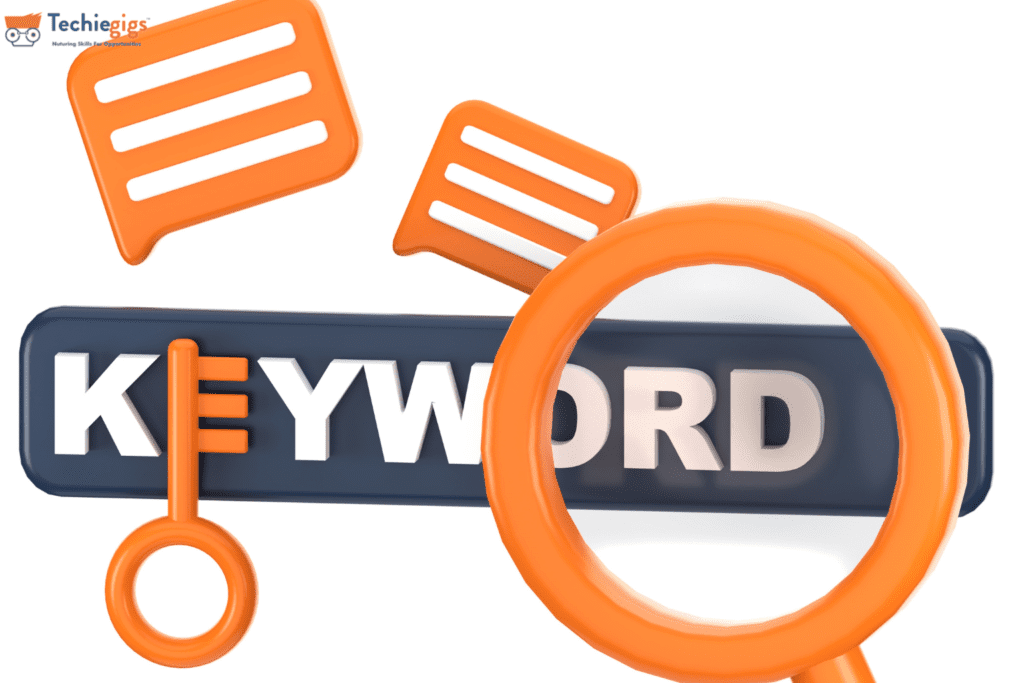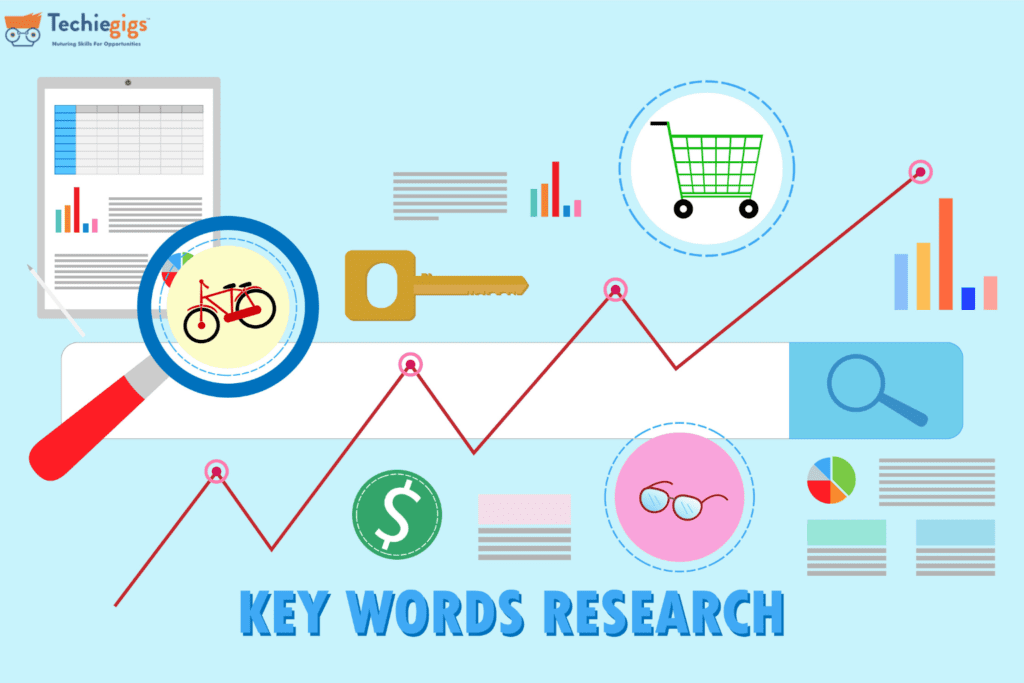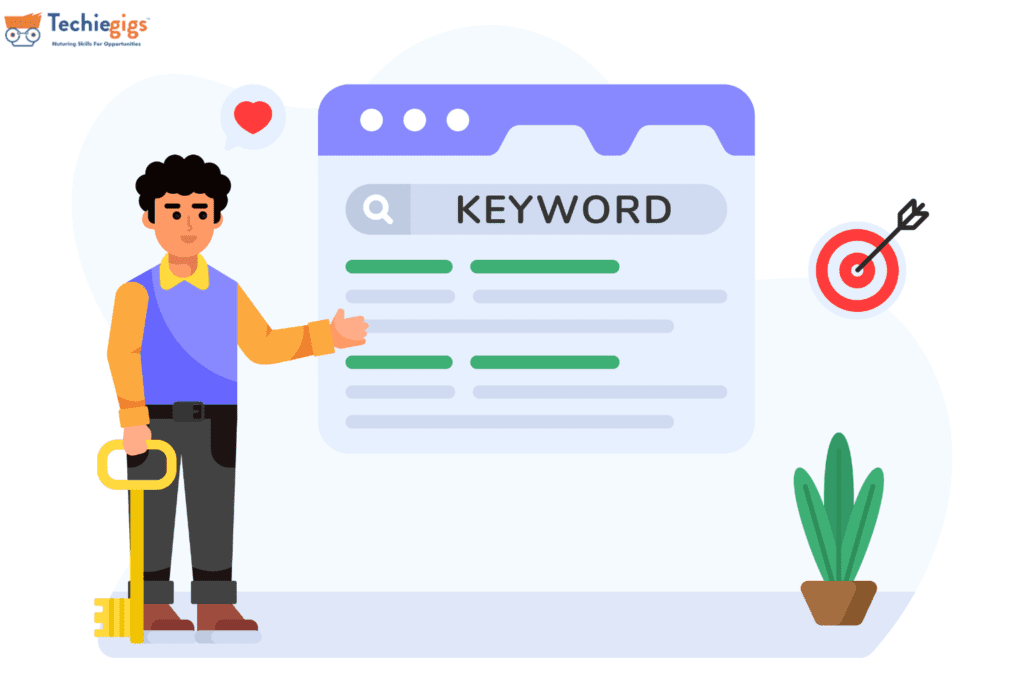How to Identify and Use Buyer Intent Keywords for More Sales
Strategic keyword targeting is your compass in the realm of SEO and paid search campaigns. It guides you toward increased traffic and the Holy Grail of conversion optimization. Keyword optimization is the secret sauce that transforms casual visitors into committed customers. When you weave buyer intent keywords into your keyword strategy, your website becomes a conversion powerhouse as much as a traffic magnet.
In this article, we’ll take a deep dive into buyer intent keywords, offering insights into different types and how to identify the golden phrases that lead to higher conversions and sales. But before we embark on this journey, let’s lay the foundation by defining our terms. What are Buyer Intent Keywords? In simple terms, buyer intent keywords are the specific phrases people use when actively considering a purchase. These keywords reflect varying levels of purchasing intent, depending on where the searcher stands along the buyer’s journey.

For instance, imagine you’re in the business of selling weed whackers. A potential customer might use these search terms as they move closer to a purchase:
- Awareness Stage (Problem-Aware): “How to landscape a front yard.”
- Consideration Stage (Solution-Aware): “Best weed whackers 2023.”
- Decision Stage (Ready to Buy): “Buy Black & Decker electric weed whacker online.”
As you can see, keywords used by prospects with a higher purchasing intent become more prevalent as they get closer to making a purchase decision. Now, let’s uncover why integrating buyer intent keywords into your strategy is a game-changer. The Power of Targeting Buyer Intent Keywords The primary benefit of ranking well for buyer intent keywords is clear—it positions you directly in front of prospects actively thinking about making a purchase.
This drives visitors primed for your site’s conversion, ultimately boosting your bottom line. However, your visibility on Google is one of many things that get a boost. Higher rankings also imply credibility, making users more likely to trust and engage with your website. Users view high-ranking sites as trustworthy, paving the way for them to make a transaction confidently. Tailoring your keyword strategy to match buyer intent in your niche helps attract qualified visitors. While high traffic is good, high-quality traffic is better.
By targeting users actively seeking your products or services, you will likely see a better return on your SEO investment. But remember, the goal isn’t just to target users on the brink of buying. Your strategy should cater to potential buyers at every awareness stage, guiding them through conversion. Understanding Different Types of Buyer Intent Keywords Buyer intent keywords vary based on the buyer’s journey stage. Each awareness stage corresponds to specific goals, challenges, and informational needs.

We can categorize buyer intent keywords into three main types, each aligned with a different phase of the buyer’s journey:
Awareness-Stage Keywords:
These are used by users seeking to understand a problem or goal. They become aware that businesses like yours can offer solutions. Awareness-stage keywords often start with phrases like “how to” and “what is.”
Consideration-Stage Keywords:
Once prospects know about potential solutions, they move to the consideration stage. Here, they evaluate different options. Users seek product reviews, comparisons, testimonials, and more at this stage. Consideration-stage keywords include phrases like “[Product name] reviews,” “Best [product],” and “[Brand name] vs. [Competitor].”
Decision-Stage Keywords:
At the final stage, prospects are ready to take action. They’ve narrowed down their choice and may need a final push. Decision-stage keywords have a strong purchase intent. For B2C audiences, these include terms like “buy now,” “discount,” and “delivery times.” For B2B customers, keywords like “demo,” “terms and conditions,” and “payment plan” are relevant.
Identifying Buyer Intent Keywords in Your Target Audience
Now, let’s dive into the strategies for discovering relevant buyer intent keywords for your business. By understanding the keywords your audience uses during their buying journey, you can strategically incorporate these terms into your SEO content and paid advertising efforts.
Remember, the goal here is to cater to users actively moving toward a purchase decision. While targeting high-traffic keywords is essential for boosting your site’s overall traffic, focusing on keywords with different levels of purchase intent enhances your conversion rates. Here are some steps to consider when building a list of effective buyer intent keywords.
Understand Your Ideal Customers’ Needs Start by identifying the pain points your product or service addresses for potential customers. People turn to Google to find content and solutions that align with their goals.
Ask yourself: What challenges do your target customers face? What motivates them? What concerns do they voice when considering a purchase? Once you clearly understand the practical and emotional issues your business can solve, you’ll have a strong foundation for building your list of target keywords.

Analyze Your Existing Customer Base Another effective step is to explore the search queries that drive visitors to your site and result in conversions. This process reveals the buyer intent categories you’re already serving effectively and those that need improvement. If certain keywords drive significant sales on your site, consider optimizing your content further to capitalize on their conversion potential fully.
Likewise, identifying underperforming keywords uncovers opportunities for enhancement. Utilize tools like Google Search Console and Google Analytics to gain insights into which keywords drive the most traffic and conversions. These tools provide information on user interactions with your site and highlight the most-clicked queries and conversion patterns across different pages.
If you’re running paid search campaigns, dive into your Google Ads account for additional insights into high-performing query types. Analyze Search Engine Behavior and User Queries Another method to uncover buyer intent keywords is to investigate the queries people are searching for within your industry.
While several keyword research tools can aid this process, you can start by manually searching relevant topics on Google. Pay attention to Google’s auto-suggested keywords as you type, and note the “related searches” section at the bottom of the results page. This exercise can challenge your assumptions about the level of buyer intent behind different keywords. Sometimes, a query you expect to yield high-intent results might yield low-intent results (or vice versa).
Some queries generate a mix of results catering to multiple intent categories. In such cases, it’s wise to prioritize keywords with more clearly defined purchase intent. Tap into Various Sources for Insight Into Buyer Intent. Finally, pay attention to the wealth of customer insights available from different sources.
Your sales and customer service teams likely possess valuable information about your customer’s pain points and motivations, which can be incorporated into your keyword strategy. Comments on YouTube videos, Amazon reviews, social media posts, and discussions on platforms like Quora can also provide valuable insights into your target audience’s needs.
Remember, the objective is to understand the challenges customers face at different stages of their buying journey. This enables you to create content and optimize your site to meet their search needs. Identifying and Enhancing Buyer Intent Keywords Now, let’s explore strategies to identify and prioritize the right buyer intent keywords for your strategy.

Choosing the Right Tools for Research and Evaluation While manually exploring search results is insightful, there are more efficient ways to compile a comprehensive list of target keywords. Investing in a premium research tool like Ahrefs or Semrush can be incredibly valuable.
These tools offer extensive keyword suggestions, search volumes, and ranking difficulty data to help you pinpoint high-potential terms. They also allow you to analyze which queries drive the most traffic to your competitor’s sites so that you can learn from their successful tactics. Various Types of Keywords to Consider for Optimization Additionally, if you have a brick-and-mortar presence, remember to incorporate local keywords into your content strategy. Local keywords with strong purchasing intent include phrases like “[product/service] near me,” “[type of retailer] open now,” and “[business type] in [location].” For more guidance on increasing your site’s visibility for local searches, check out the GMB optimization guide.
Conclusion,
Targeting buyer intent keywords is a potent strategy for reaching a broader audience, boosting conversion rates, and enhancing your business revenue. By following the tips outlined above, you’re on the path to optimizing your site for purchase-ready buyers. Remember, as with all aspects of SEO, sustainable results come from strategic planning, precise implementation, and continuous refinement.

